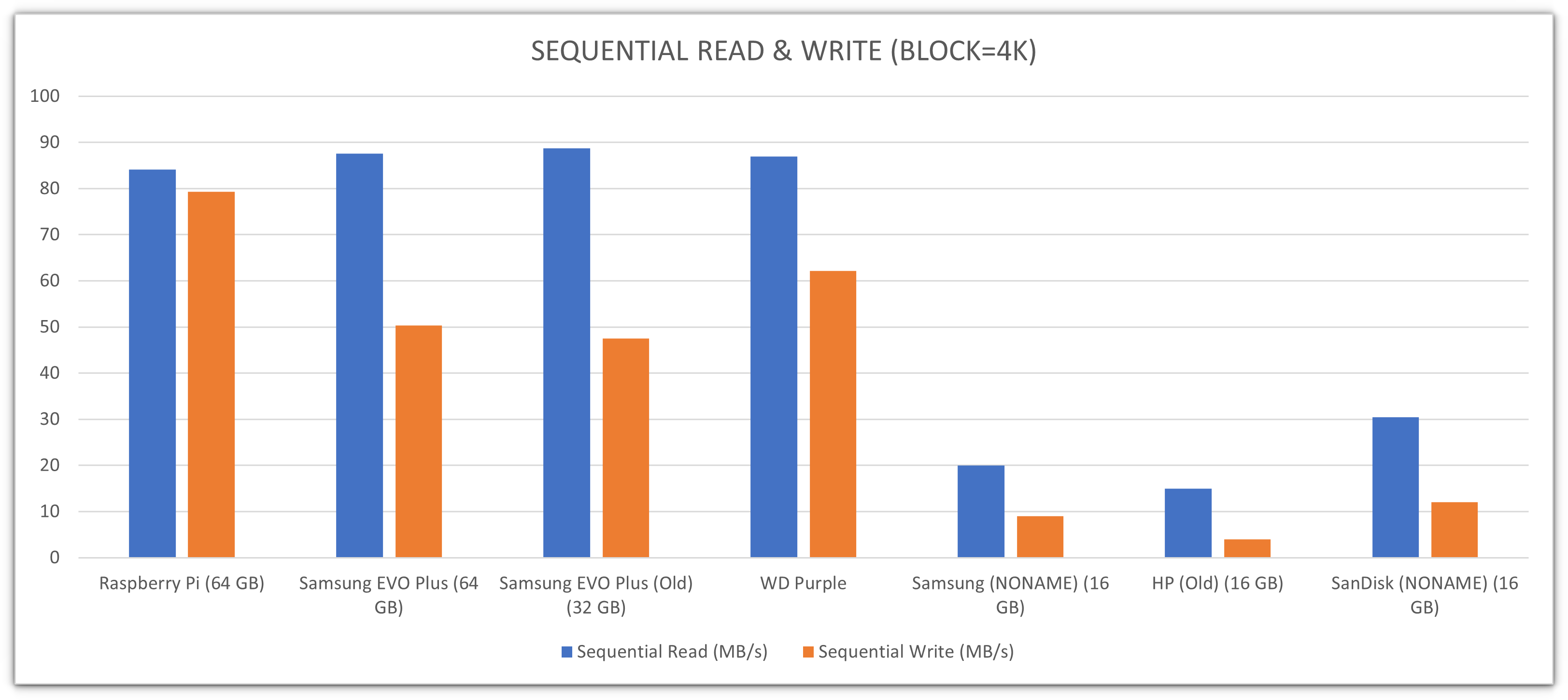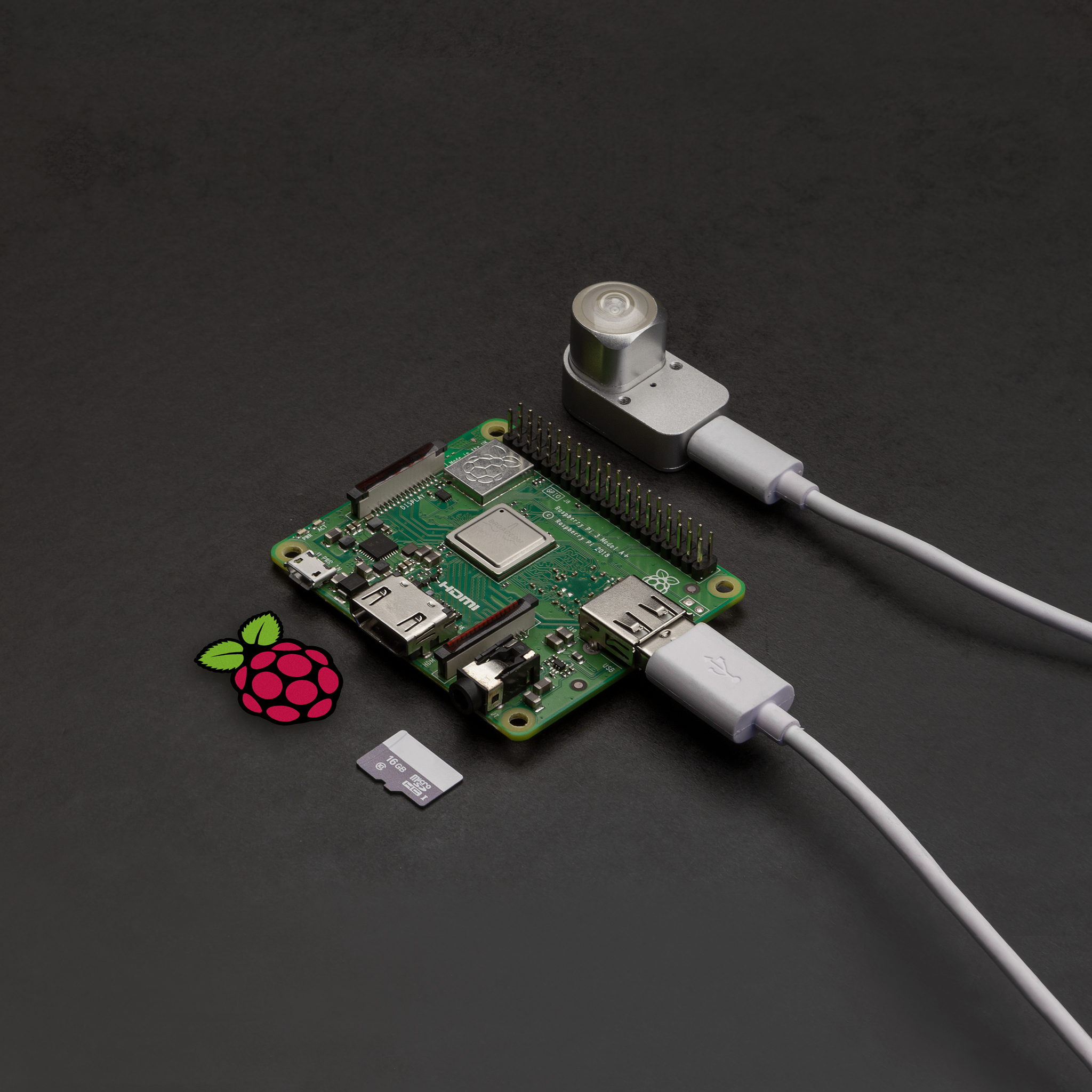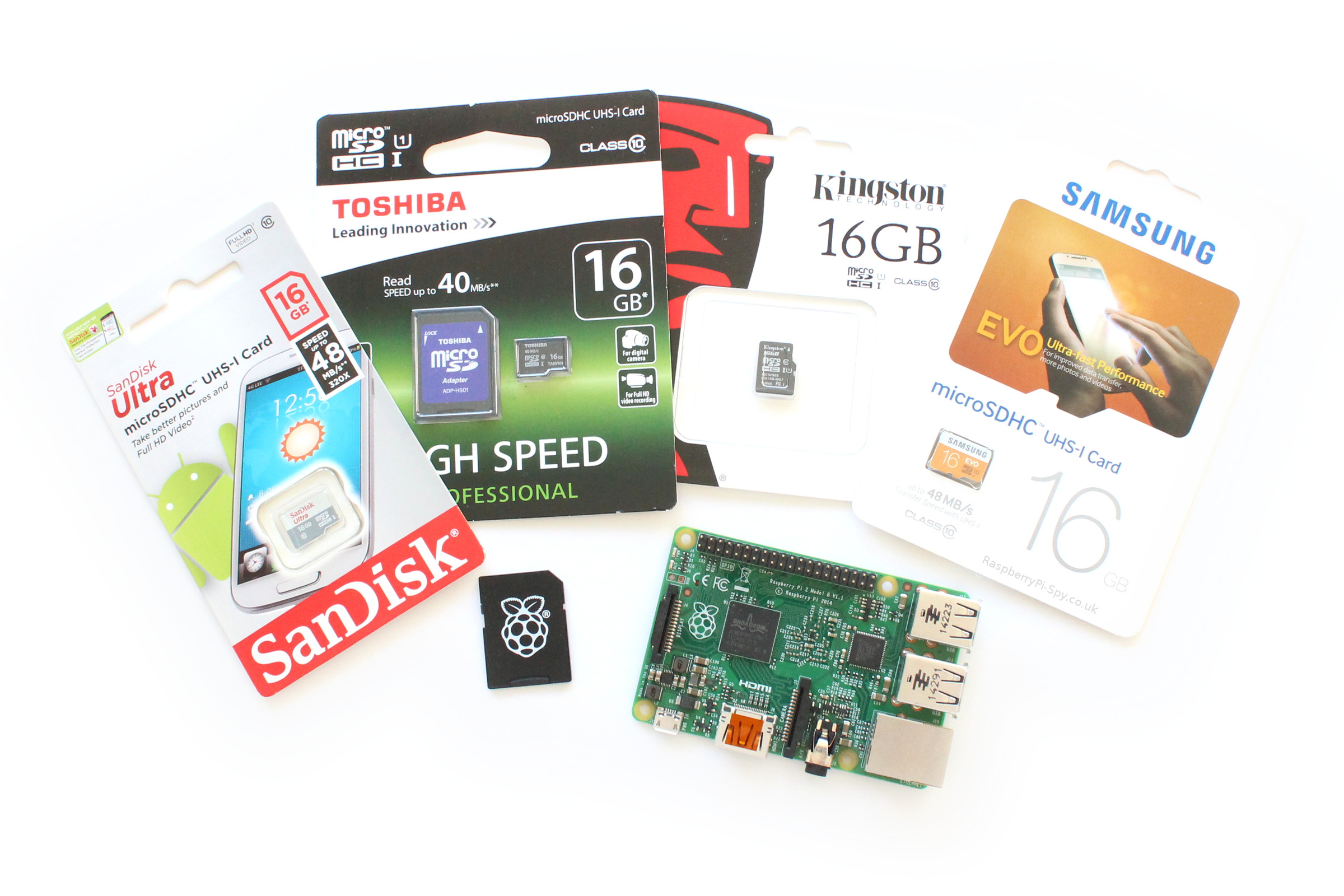Remote Monitor Raspberry Pi SD Card Free: A Comprehensive Guide
Ever wondered how you can monitor your Raspberry Pi's SD card remotely without spending a dime? Well, you're in luck because this guide is here to show you exactly how to do that and more! Monitoring your Raspberry Pi remotely not only gives you peace of mind but also helps you troubleshoot issues from afar. Whether you're a tech enthusiast, a developer, or just someone who loves tinkering with gadgets, this guide will be your go-to resource for all things Raspberry Pi monitoring.
Remote monitoring of Raspberry Pi SD cards has become increasingly popular as more people rely on these tiny computers for various projects. From home automation to weather stations, Raspberry Pi plays a vital role in modern tech setups. But what happens when you can't physically access your device? That's where remote monitoring comes in handy. By setting up a system to monitor your SD card remotely, you can ensure your projects run smoothly without any hiccups.
In this article, we'll dive deep into the world of Raspberry Pi remote monitoring. You'll learn about the best tools, techniques, and methods to monitor your SD card without breaking the bank. Plus, we'll share some insider tips and tricks to make your life easier. So, grab your favorite beverage and let's get started!
- Sone385 The Ultimate Guide To Unlocking Its Secrets And Benefits
- Understanding The Life And Legacy Of King Von A Deep Dive Into His Impactful Journey
Table of Contents
- Stephanie Mcmahon The Truth Behind The Headlines And Sensational Stories
- Avoid Skymovieshd Piracy Risks Safe Alternatives You Need To Know
What is Remote Monitoring?
Remote monitoring refers to the ability to access, control, and manage a device from a distant location. In the context of Raspberry Pi, it means you can check the status of your SD card, run commands, and even update your system without being physically present. This is especially useful if your Raspberry Pi is located in a remote area or if you simply want to keep an eye on it while you're out and about.
There are several ways to achieve remote monitoring, and the good news is that most of them are free! From using SSH to setting up web-based dashboards, the options are endless. The key is to find the method that works best for your specific needs and skill level.
Why Should You Monitor Your Raspberry Pi Remotely?
Monitoring your Raspberry Pi remotely offers numerous benefits. First and foremost, it allows you to troubleshoot issues quickly and efficiently. Imagine being able to fix a problem with your SD card without having to physically touch your device. Sounds pretty cool, right?
Additionally, remote monitoring helps you keep track of your system's performance. You can monitor CPU usage, memory usage, and disk space to ensure everything is running smoothly. This is particularly important if you're using your Raspberry Pi for critical applications like home security or weather monitoring.
Raspberry Pi Basics
Before we dive into the nitty-gritty of remote monitoring, let's take a moment to understand what makes Raspberry Pi so special. The Raspberry Pi is a credit-card-sized computer that can be used for a wide range of projects, from simple programming exercises to complex robotics. It runs on Linux-based operating systems and uses an SD card as its primary storage medium.
One of the most common issues users face with Raspberry Pi is SD card corruption. This can happen due to sudden power loss, improper shutdowns, or simply wear and tear over time. That's why monitoring your SD card's health is crucial to ensuring your Raspberry Pi runs smoothly.
Key Features of Raspberry Pi
- Compact size
- Low power consumption
- Versatile applications
- Community-driven support
Tools for Monitoring
Now that you understand the importance of remote monitoring, let's talk about the tools you can use to achieve it. There are several options available, ranging from command-line interfaces to graphical user interfaces. The best part? Most of them are completely free!
Popular Tools
- SSH (Secure Shell): Allows you to access your Raspberry Pi's terminal remotely.
- VNC (Virtual Network Computing): Enables you to control your Raspberry Pi's graphical interface from another device.
- Web-Based Dashboards: Provides a user-friendly interface to monitor your system's performance.
Setting Up SSH
SSH is one of the most popular methods for remote monitoring. It allows you to access your Raspberry Pi's terminal from any device with an internet connection. Setting up SSH is relatively simple and can be done in just a few steps.
Step-by-Step Guide
- Enable SSH on your Raspberry Pi by navigating to the Raspberry Pi Configuration tool.
- Find the SSH option and enable it.
- Take note of your Raspberry Pi's IP address. You can find this by typing "ifconfig" in the terminal.
- Install an SSH client on your remote device. PuTTY is a popular choice for Windows users, while macOS and Linux users can use the built-in terminal.
- Connect to your Raspberry Pi by entering its IP address in the SSH client.
Using VNC
If you prefer a graphical interface, VNC is the way to go. It allows you to control your Raspberry Pi's desktop remotely, just like you would with a physical keyboard and mouse. Setting up VNC is similar to SSH, but with a few extra steps.
How to Set Up VNC
- Install the RealVNC server on your Raspberry Pi by running "sudo apt-get install realvnc-vnc-server" in the terminal.
- Enable VNC by navigating to the Raspberry Pi Configuration tool and selecting the VNC option.
- Download the RealVNC viewer on your remote device.
- Connect to your Raspberry Pi by entering its IP address in the VNC viewer.
Web-Based Solutions
For those who prefer a more user-friendly approach, web-based solutions are the way to go. These solutions provide a graphical interface that can be accessed through any web browser. Some popular options include Node-RED and Grafana.
Advantages of Web-Based Solutions
- Easy to use
- No need for additional software
- Accessible from anywhere
Monitoring SD Card Health
One of the most important aspects of remote monitoring is keeping an eye on your SD card's health. SD cards can degrade over time, leading to data loss and system crashes. By monitoring your SD card's health, you can prevent these issues before they become major problems.
How to Monitor SD Card Health
There are several tools available to monitor SD card health, including:
- smartctl: Provides detailed information about your SD card's health.
- df: Shows disk usage and available space.
- fsck: Checks and repairs file system errors.
Best Practices
To ensure your Raspberry Pi runs smoothly, it's important to follow some best practices. These practices will help you avoid common pitfalls and keep your system in top condition.
Top Tips
- Always shut down your Raspberry Pi properly to prevent SD card corruption.
- Use a high-quality SD card to ensure durability and performance.
- Regularly back up your data to prevent loss in case of SD card failure.
Troubleshooting Tips
Even with the best precautions, issues can still arise. Here are some troubleshooting tips to help you resolve common problems:
Common Issues and Solutions
- SSH Not Working: Check your Raspberry Pi's IP address and ensure SSH is enabled.
- VNC Connection Fails: Verify that the VNC server is running and that your firewall settings allow VNC connections.
- SD Card Corruption: Use fsck to repair file system errors and consider replacing your SD card if it's showing signs of wear.
Conclusion
Remote monitoring of your Raspberry Pi's SD card is an essential skill for any tech enthusiast. By using the tools and techniques outlined in this guide, you can ensure your projects run smoothly and avoid costly downtime. Whether you choose SSH, VNC, or a web-based solution, the key is to find the method that works best for you.
So, what are you waiting for? Start exploring the world of Raspberry Pi remote monitoring today and take your projects to the next level. And don't forget to share your experiences and tips in the comments below. Happy tinkering!
- Michael Consuelos Married The Ultimate Guide To His Love Life Career And Family
- Brooke Monk Leaked The Truth Behind The Controversy And What You Need To Know

I Tested the Official Raspberry Pi Card, Here're My Findings

Prepare an SD card image for Raspberry Pi

Free Space on Your Raspberry Pi SD Card Raspberry Pi Spy